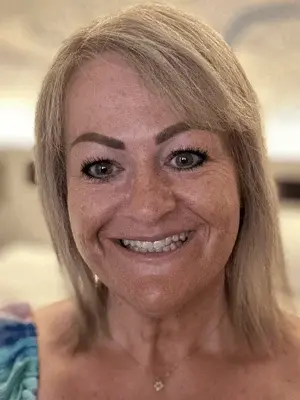On 26th September 2025, the Joint Council for Cosmetic Practitioners (JCCP) hosted a round table discussion at CCR, bringing together leading voices from across the aesthetics sector to reflect on progress towards regulation, the challenges that remain, and the responsibilities shared across the profession.
The conversation was framed against a backdrop of legislative change. Following a 22-month delay, the Westminster Government finally published proposals for licensing in August 2025. These followed the Health and Care Act (2022), which granted the Secretary of State powers under Section 180 to introduce licensing for non-surgical cosmetic procedures. Scotland is moving further ahead with its own approach, with Healthcare Improvement Scotland (HIS) set to regulate injectables under on-site supervision from a prescriber, while England still lacks a clear timeline.
Risk-Based Licensing: Red, Amber, Green
The government’s proposed risk-based (RAG) model was a central theme. High-risk “red” procedures such as breast surgery and BBLs are already designated as doctor-only and regulated activities, with implementation planned for 2026. Yet questions remain about other procedures, such as liposuction, hair restoration, IV infusions, and PRP. The CPSA’s standards remain the only comprehensive framework in place, but government endorsement is still awaited.
Dr. Claire Kiely (CPSA Chair) described the standards-setting process as iterative:
- Experts draft the standards
- These are tested through working groups
- Amended versions are returned and evolved.
This ensures standards remain live and adapt as the industry shifts, with red-category interventions prioritised first.
Patient Safety, Supervision, and Medicines Supply
Catherine Ferris (former Head of BCAM) stressed the importance of robust, on-site supervision, reminding attendees that safety demands the supervising practitioner is present at the time of treatment. She highlighted the wider impact on environmental health services and the NHS, noting that complications from cosmetic procedures are not coded in A&E, creating invisible but significant burdens on the health system.
Medicines safety was also under scrutiny, with the JCCP working closely with the MHRA to prevent issues such as botulinum toxin misuse and counterfeit supply.
Professional Perspectives
The round table included contributions from across the sector:
- Amy Bird (BAMAN Chair) urged the profession to strip away emotion and focus on evidence, working with BACAM to collect real-world data on poor practice and outcomes.
- Nora Nugent (BAAPS President) welcomed surgical procedures moving into the red category but called for more to follow. She also referenced emerging “board certification” in cosmetic surgery, which some providers are beginning to demand as part of practising privileges.
- Greg Williams (leading hair restoration surgeon) raised questions about where hair loss treatments, weight loss injectables, and teeth whitening sit within the regulatory framework. David Sines (JCCP) confirmed these remain under discussion.
- Sally Tabor (JCCP & Independent Complaints Authority) drew attention to unqualified individuals practising from home. David Sines clarified this will become a criminal offence once licensing is enacted.
Scotland vs England: Diverging Timelines
Scotland has already taken a decisive stance, with HIS requiring regulation and on-site prescriber supervision for all injectables. England, meanwhile, remains without a timeline, though red procedures are expected to be prioritised by 2026.
Notably, Scotland has moved PRP into the restricted category, whereas England currently lists it as amber, highlighting how categories may evolve as evidence grows.
Gendered Realities and Industry Scale
The conversation returned repeatedly to the scale and demographics of the industry: a £29 billion sector, overwhelmingly female in both practitioners and patients (93% of procedures are performed on women). With most complications also affecting women, the call was clear: regulation must prioritise safeguarding without stifling access or placing disproportionate burdens on responsible practitioners.
Looking Ahead
There was a sense of cautious optimism. The pathway to licensing and regulation is clearer than it has ever been, though still riddled with uncertainty. The JCCP, CPSA, BAAPS, BAMAN, BCAM, and others remain committed to shaping the detail, ensuring the voice of practitioners is heard, and that the ultimate focus stays firmly on patient safety.
The discussions at CCR underlined three imperatives for the months ahead:
- Maintain momentum – continue pushing government to set clear timelines
- Protect patients – ensure supervision, medicines safety, and high standards are non-negotiable
- Unify the profession – present evidence, data, and shared solutions to policymakers.
The JCCP round table was a reminder that while challenges remain, the sector is on an irreversible course towards regulation and licensing. The task now is to ensure that framework is robust, fair, and effective serving the public interest while supporting a professional, thriving aesthetics industry.
If you would like to know more about CQC registration or CQC compliance post registration, get in touch.
